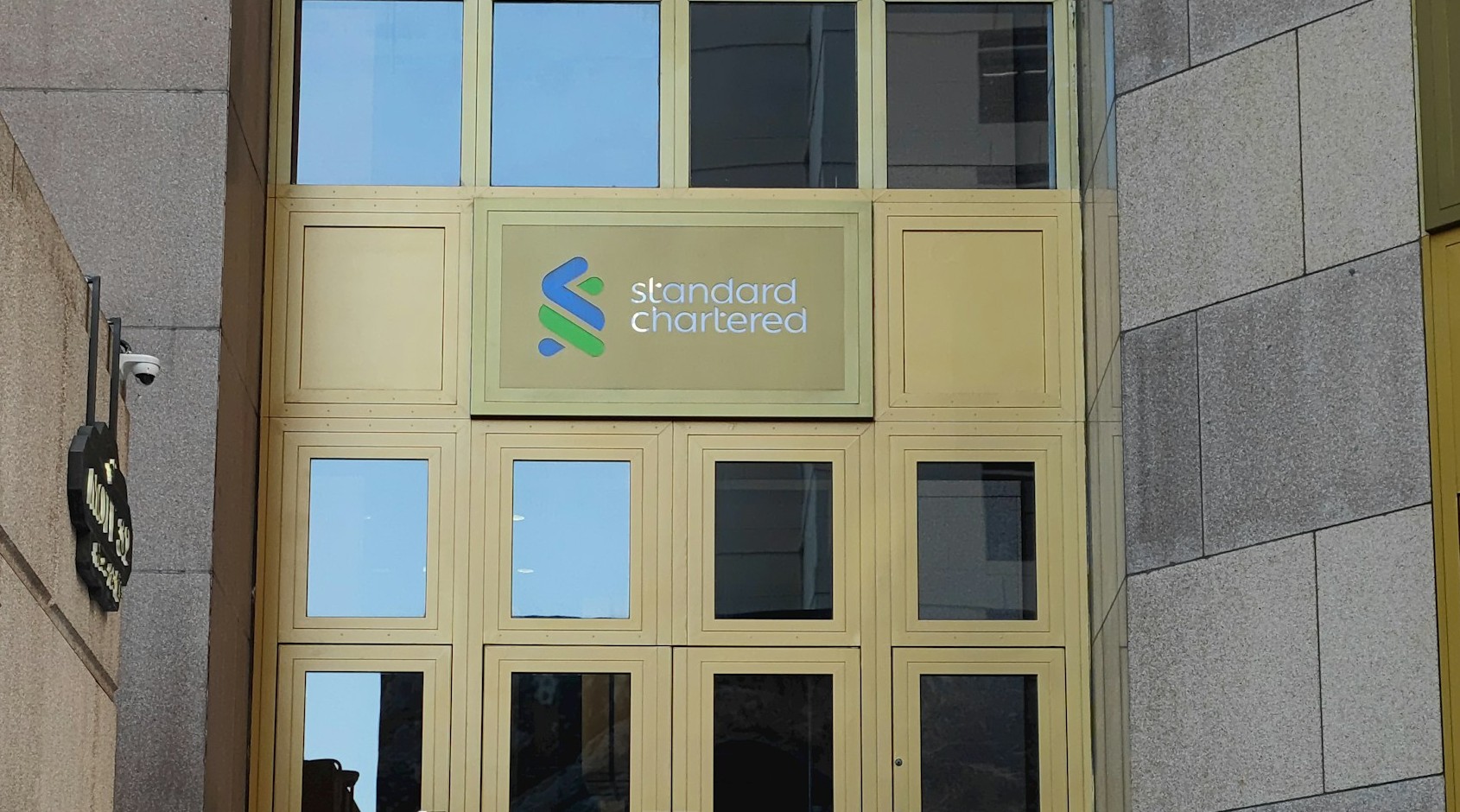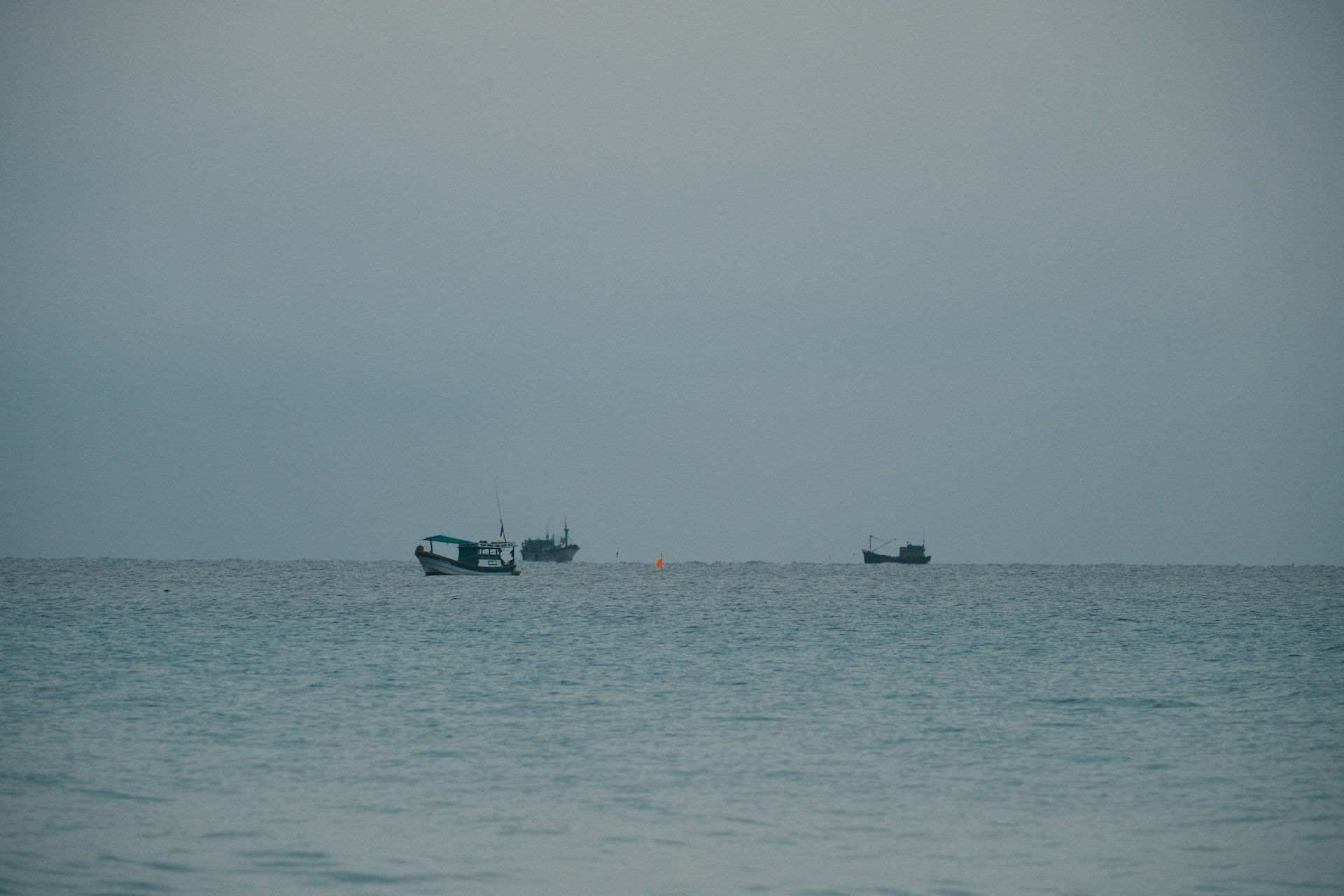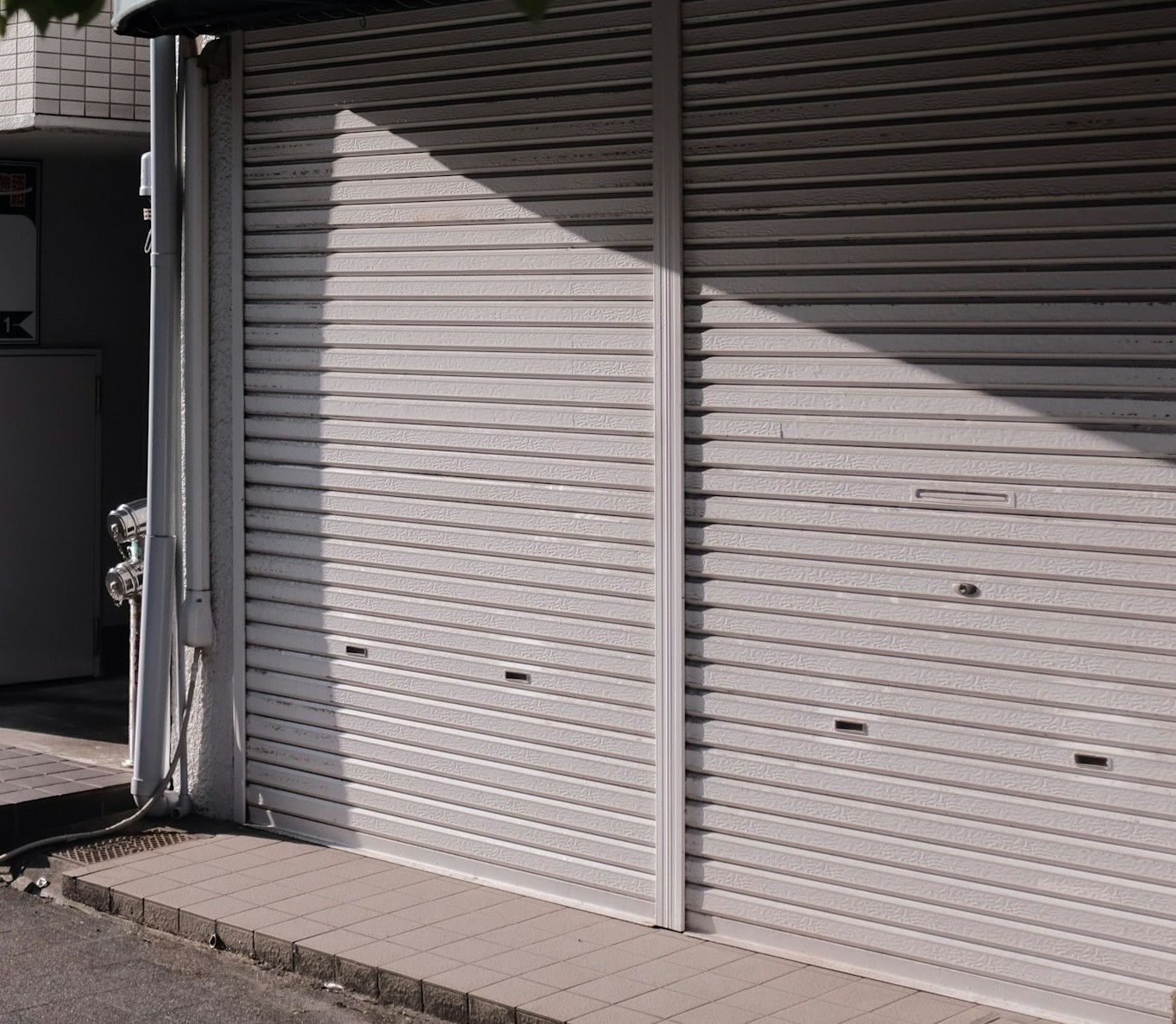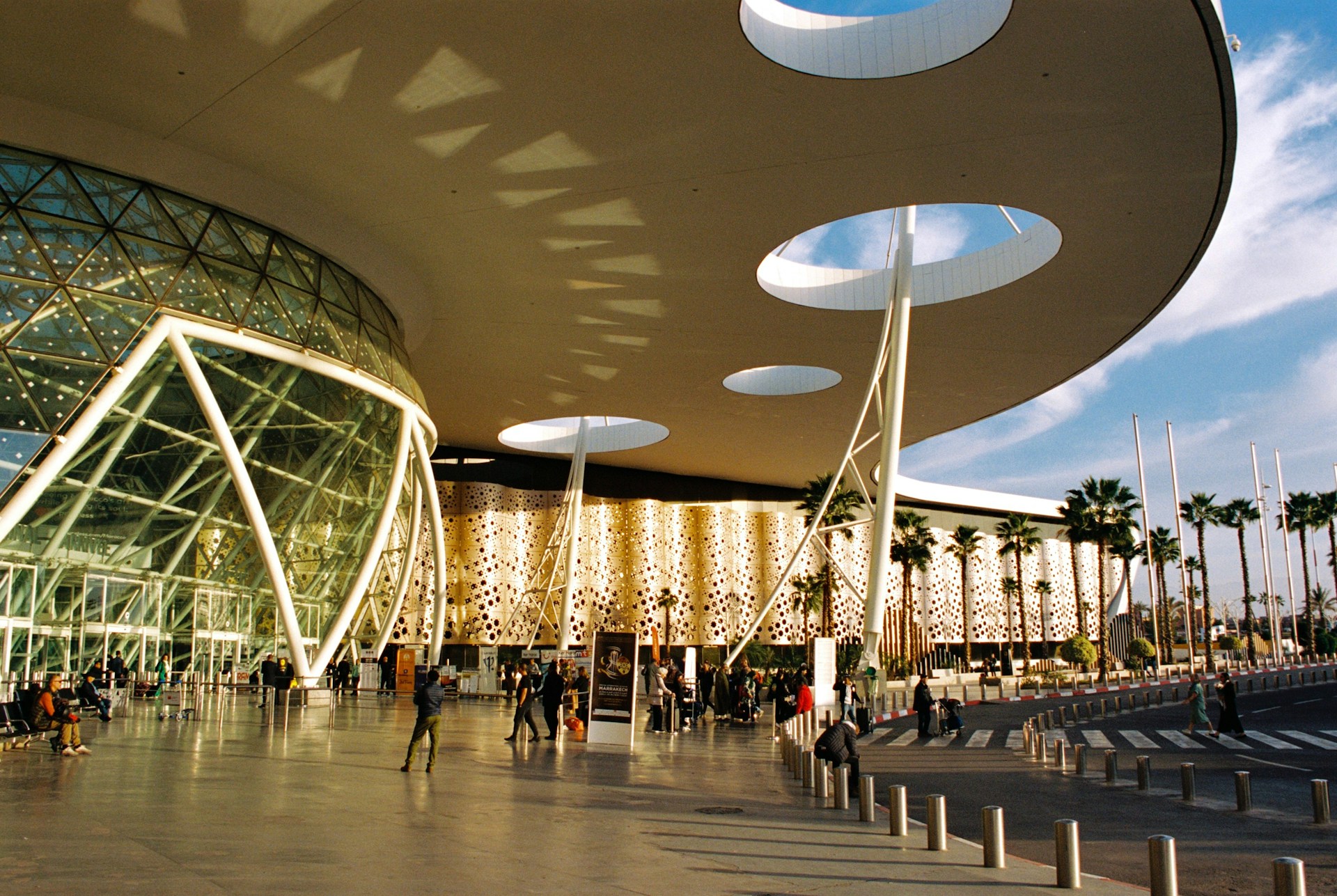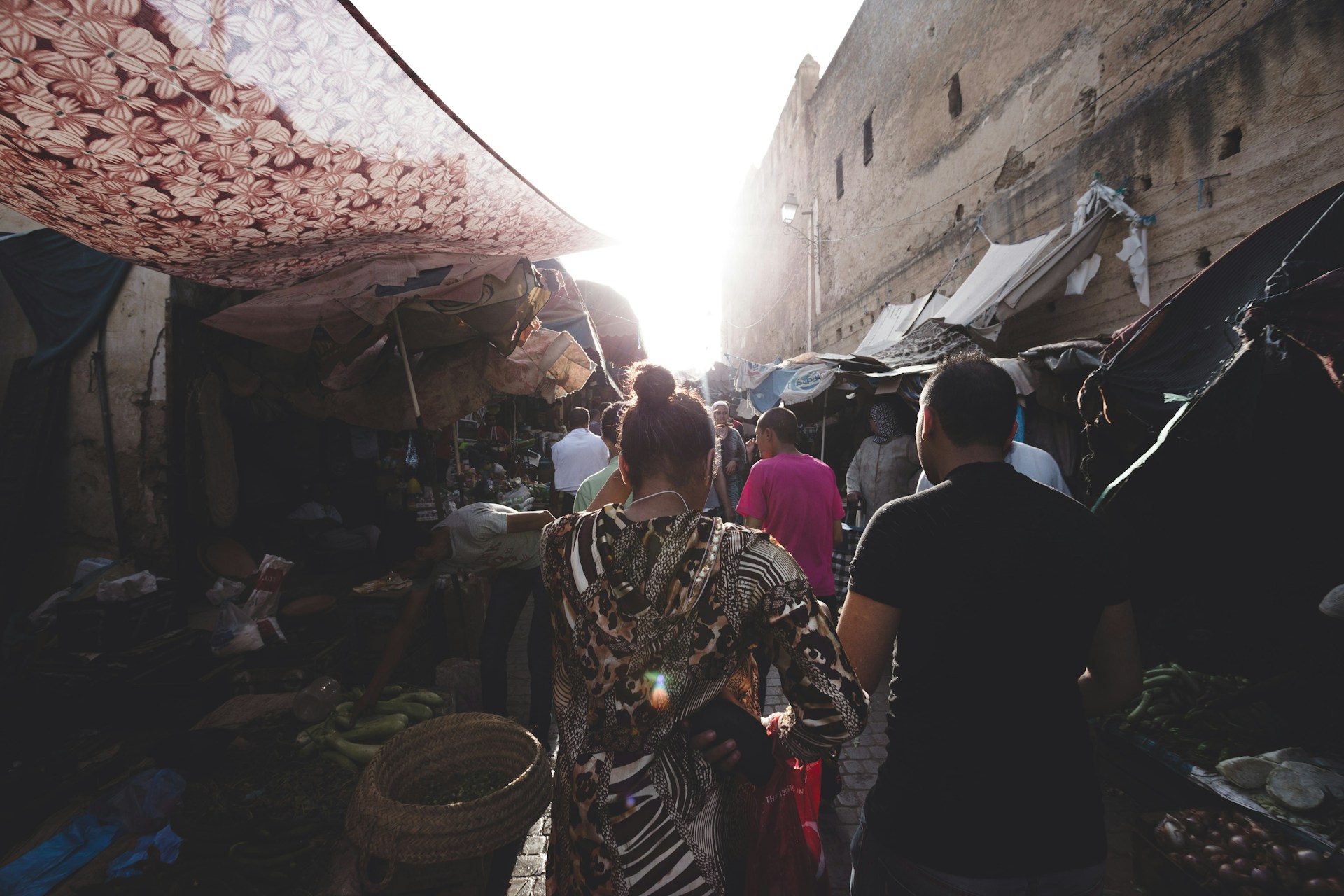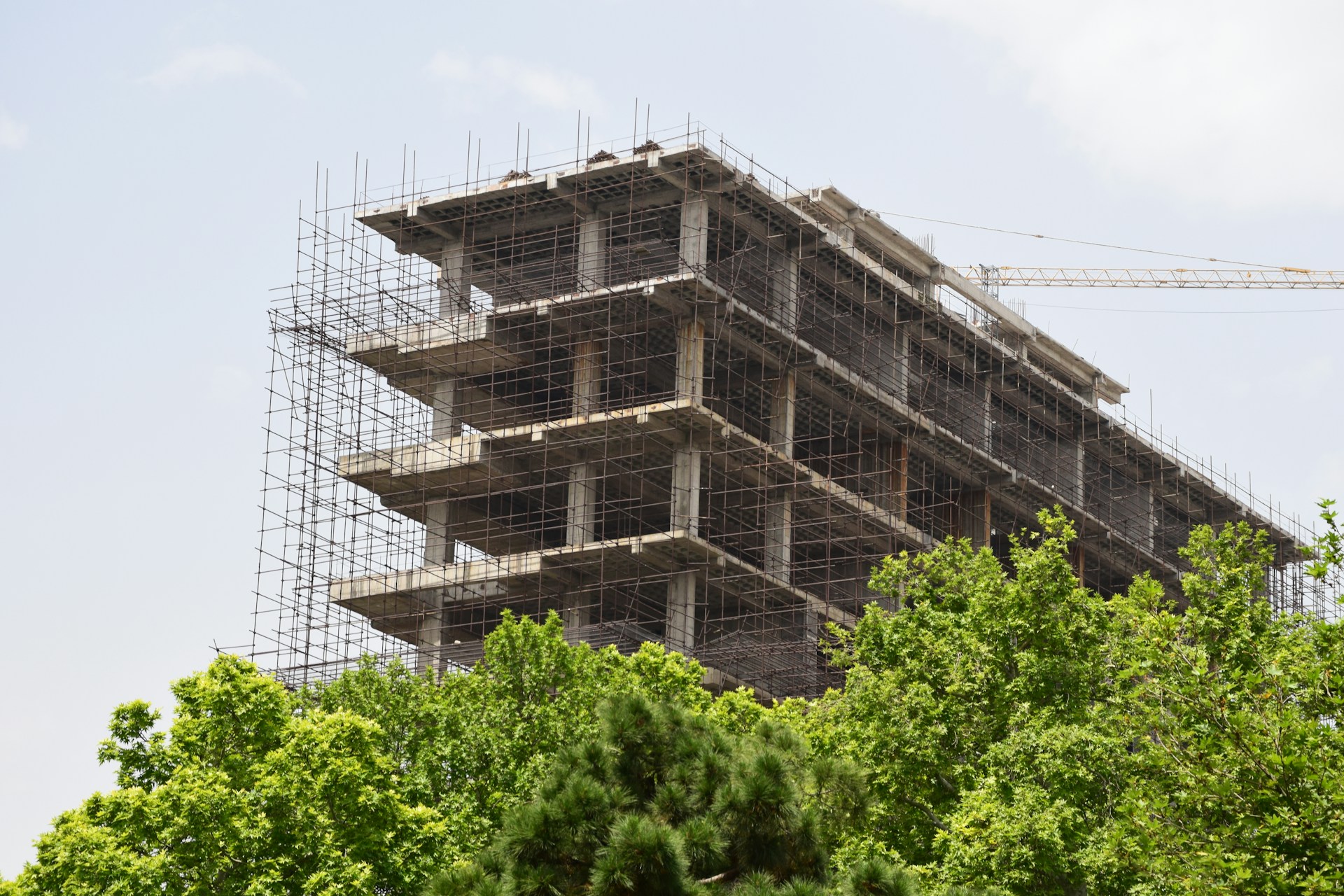Casablanca – As part of its strategic development agenda and in preparation for co-hosting the 2030 FIFA World Cup, Morocco has launched an ambitious investment program to modernize and expand its airport infrastructure. The plan, valued at $3.9 billion, aims to enhance the operational capacity, sustainability, and international competitiveness of the country’s aviation sector by 2030.
The agreement, signed on July 24, 2025, in Rabat, outlines a five-year development roadmap (2025–2030) between the Moroccan government and the National Airports Authority (ONDA). Prime Minister Aziz Akhannouch presided over the signing ceremony, which brought together several key government officials, including the Minister of Transport, the Minister of Tourism, and the Minister Delegate for the Budget, alongside ONDA and representatives from the National Agency for Strategic Management of State Holdings.
Expansion of strategic airports
The plan allocates $2.58 billion to increase passenger capacity at four major regional airports — Marrakech, Agadir, Tangier, and Fez — and to construct a new international terminal hub and runway at Mohammed V Airport in Casablanca, Morocco’s largest and busiest air facility. These upgrades are critical for handling the projected surge in international travel leading up to the 2030 World Cup.
Another $1.34 billion is designated for infrastructure maintenance, modernization, and land acquisition, aiming to improve the resilience and long-term performance of Morocco’s airport network. According to government statements, these investments are designed to position Morocco as a leading regional aviation hub and to align the country’s air transport sector with the highest international standards.
Doubling passenger capacity
Morocco’s airport system is currently designed to handle 34 million passengers annually, but under the new plan, this capacity is expected to more than double to 80 million passengers by 2030. This dramatic expansion reflects Morocco’s broader economic and tourism ambitions, including its goal to attract 26 million international tourists per year by the end of the decade.
According to Transport Minister Abdessamad Kayouh, the plan includes the construction of a new international airport in Casablanca, as well as the expansion of seven other airports located in cities that are expected to host matches during the 2030 FIFA World Cup. These projects aim to accommodate rising demand from both tourists and business travelers while facilitating smooth logistics for the global sporting event.
A catalyst for multiple sectors
Airport infrastructure plays a central role in Morocco’s economic development strategy. Government officials have emphasized that the new investments will serve not only the air transport sector but also act as a catalyst for tourism, logistics, trade, and regional integration. In 2024, Moroccan airports recorded 32.7 million passengers, a 21% increase from the previous year. Tourism reached a record 17.4 million visitors, making Morocco the top tourist destination in Africa.
Tourism Minister Fatim-Zahra Ammor highlighted the importance of air connectivity, noting that around 70% of international visitors arrive by plane. She stressed that high-quality airport services are essential to achieving the country’s tourism targets, especially in light of the upcoming World Cup.
Financing without state guarantees
The airport expansion plan is supported by an innovative financing structure designed to limit direct dependence on public funds. A key component of this model is the securitization of airport revenues, particularly the fees that ONDA pays to the state.
This mechanism is expected to generate approximately $515 million, which will be injected into ONDA’s equity. The resulting capital increase will enable ONDA to secure further financing through bank loans, bond issuances, or private investment, all while maintaining a strong emphasis on financial sustainability and long-term performance.
Toward a new model of public service
The expansion plan is part of ONDA’s broader “Airports 2030” strategy, which envisions a new generation of public services centered on excellence, innovation, and positive societal impact. The strategy supports the national airline, Royal Air Maroc, in its growth objectives and prepares Morocco’s aviation sector for increasing regional and international competition.
Officials describe the project as a step toward a modern, sustainable, and resilient airport model that supports the country’s long-term development vision beyond 2030. With the World Cup on the horizon and major infrastructure works underway, Morocco is positioning itself as a major gateway between Africa, Europe, and the wider global economy.

